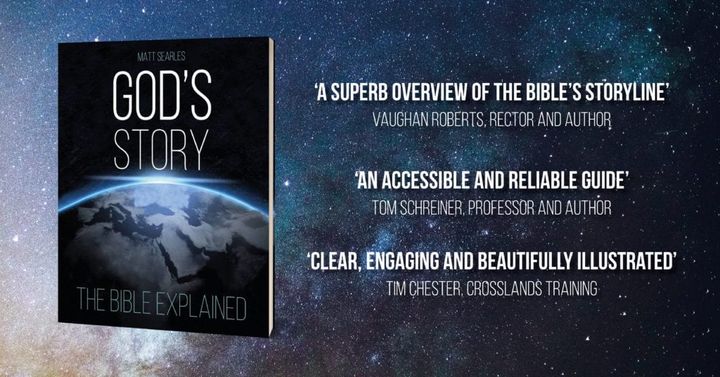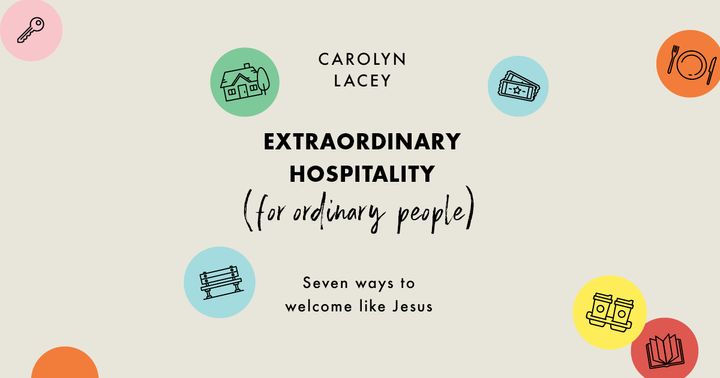
Book Reviews


Four Fab New Resources for Churches to Celebrate the Queen’s Platinum Jubilee

Seek and Find: Old & New Testament Bible Stories by Sarah & André Parker – A Review

God’s Story – The Bible Explained by Matt Searles – A Review

Extraordinary Hospitality for Ordinary People – An Interview with Carolyn Lacey
